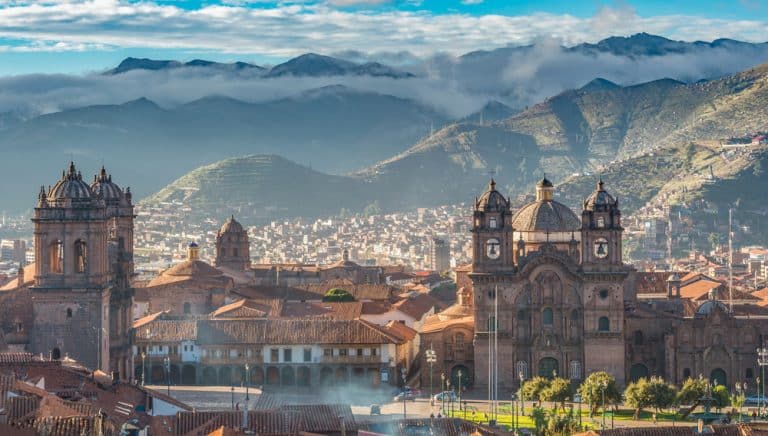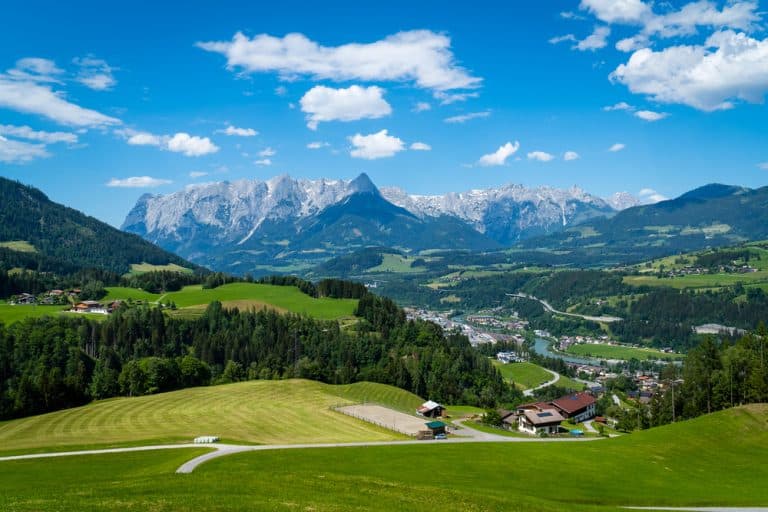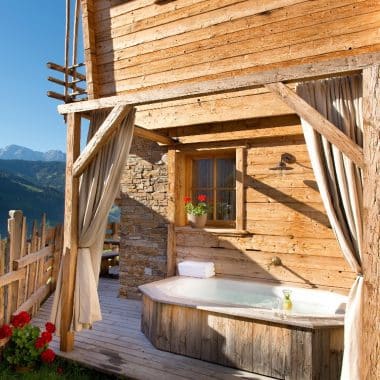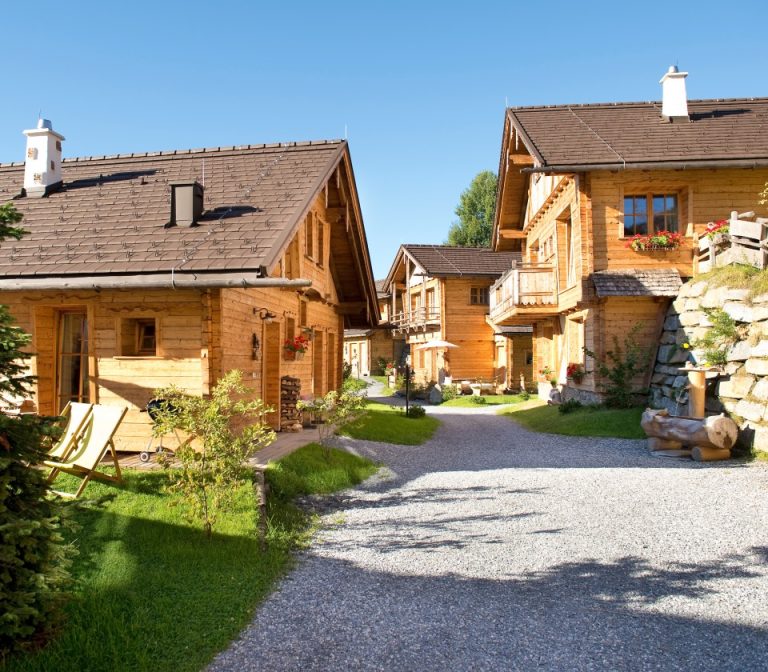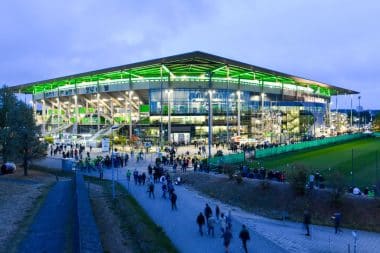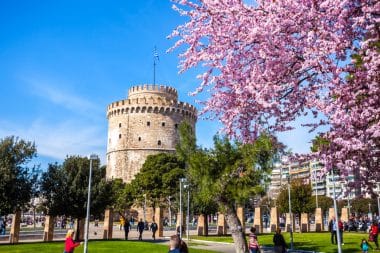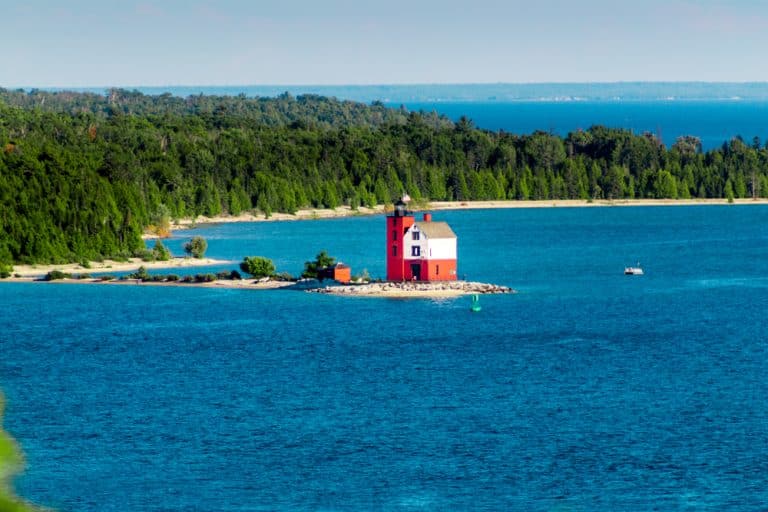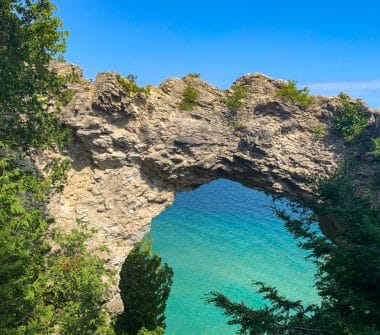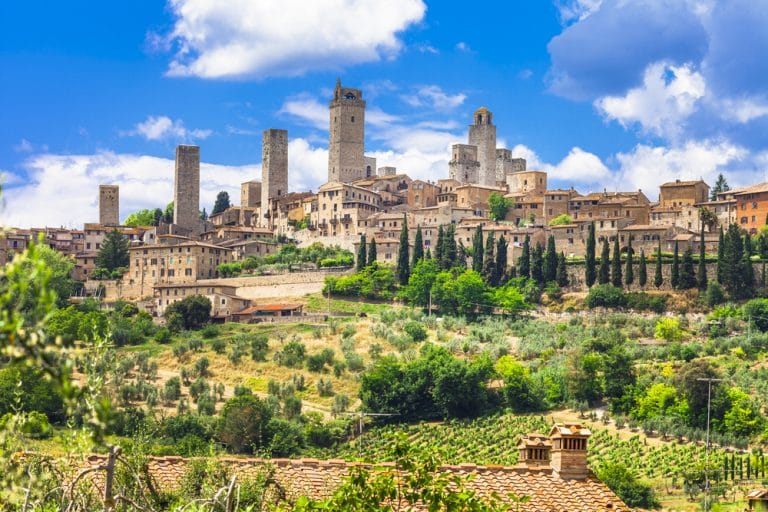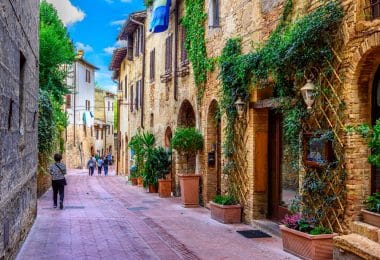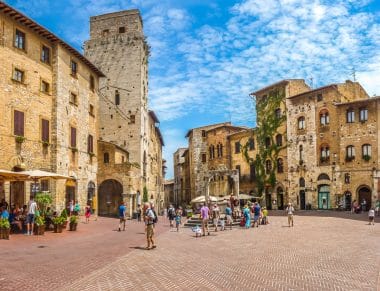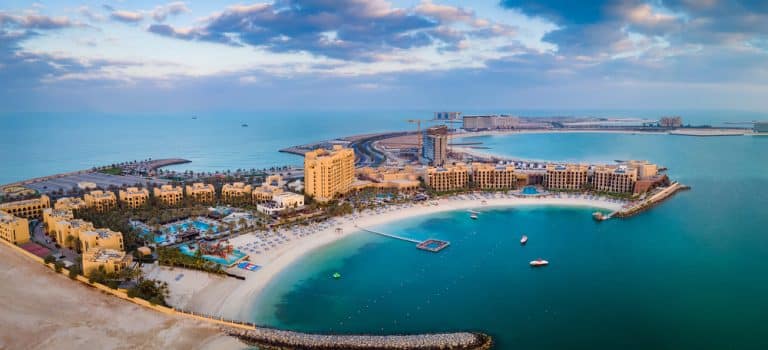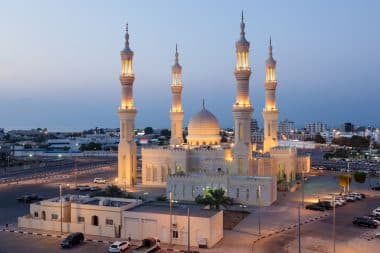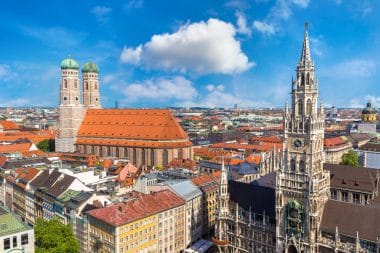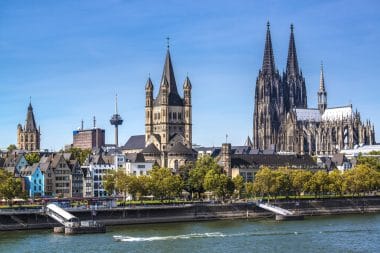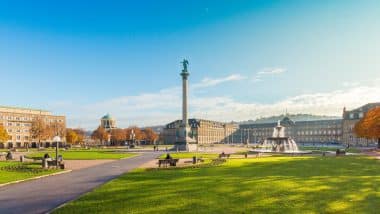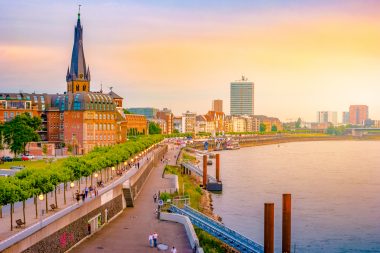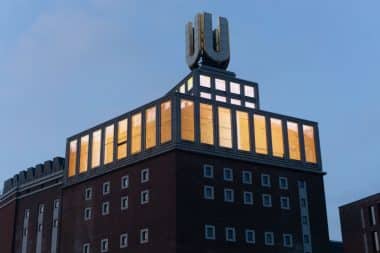Cusco is located in the southeast of Peru in the impressive highlands of the Andes and is both the name of the region and its capital. The city’s location alone at an altitude of 3,416 meters is breathtaking in every way. Cusco is the center of Peruvian culture. In the steep streets with their cobblestones, the traveller will meet locals with their alpacas and a variety of colourful and decorated houses. Cusco was once the capital of the Inca Empire, which was also the builder of Peru’s most famous attraction: the Inca city of Machu Picchu, which was founded in the 15th century.
The UNESCO World Heritage Site is one of the “7 Wonders of the Modern World” and is located in the Cusco region on a high plateau at an altitude of 2,430 meters. This fact alone amazes visitors in view of the large, terraced complex with its huge stone blocks, which were installed without mortar in the 216 buildings. Paths meander through the nested area and over its more than 3,000 stairs. The panorama around the mountain above the Urubamba River is no less impressive than the mysticism of the mysterious buildings, whose purpose could never be clarified. Machu Picchu is only 75 kilometers from Cusco and is best reached by Peru Rail train. Here, the journey is already the destination, because it allows you to experience the wild nature of Peru up close. The months between April and October are ideal for travel. Then it is dry season in the region, so that no haze stands in the way of the perfect panoramic view. In summer, it is quite crowded from a tourist point of view, so spring and autumn are the best time to visit.
Incas and colonial times – Cusco’s different sides
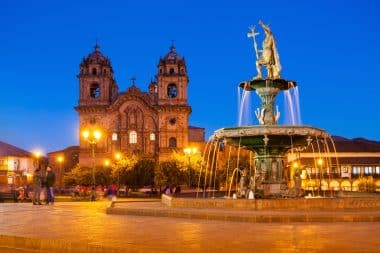
The capital Cusco captivates with its panorama and, like Machu Picchu, is a UNESCO World Heritage Site. At the end of the 11th century, this center of the Incas was built, where ruins still revive the mystery of that time. If you want to learn more, you should not miss a visit to the Inca Museum. The colonial period under Spanish rule has also left clear traces worth seeing. Nevertheless, Cusco is also a city of modernity and progress. At the Plaza de Armas, the square in the heart of the city, two impressive churches dominate. Next to the Jesuit church “La Compania de Jesus”, the famous cathedral of Cusco rises into the sky, for which almost 100 years of construction were necessary from 1560 onwards.
The cathedral impresses with its massive, 33-meter-high towers no less than with its 11 chapels and 24 vaults. The goldsmith’s work from the colonial era and the wood carvings of the altars are unusual eye-catchers. The three-aisled church almost looks like a museum, as there are 365 paintings by different regional artists to marvel at. The most famous picture is undoubtedly “Lord of the Earthquakes”. It is carried once a year in a procession through Cusco. In the imposing choir stalls, visitors will also encounter 40 life-size figures of saints.
Colorful and diverse

Its markets are as colourful and diverse as the entire capital. In San Blas and San Pedro, the market halls are surrounded by stalls where the indigenous peoples sell their weaving and handicrafts and offer goods made from the wool of the alpaca, the llama of the Andes, as well as fresh food from the region. Here you have the opportunity to try out typical local dishes at the lowest prices. Between Ceviche and Lomo Saltado, everyone will find what they are looking for. And after visiting the market in San Blas, everyone is strengthened for the way up to Sacsayhuamán. The ruins of the Inca fortress with their panoramic view over the city are worth the climb. Less than a kilometre away, there is also a white statue of Christ, called “Cristo Blanco”.
The tourist ticket – for more enjoyment
If you spend several days in Cusco and also want to get to know the region better, a Boleto Turistico is a good choice. This tourist ticket allows you to visit numerous museums and sites of Inca culture. One of the destinations included is Tipón, which is located behind the city and offers unique views with its green terraces and Inca ruins. This place is still a real insider tip among travelers. Even more Inca culture is offered by the Sacred Valley “Valle Sacrado” in the Cusco region. There are countless ruins from the Inca period here. The most interesting destinations in the Sacred Valley such as Chincero, Pisaq, Ollantaytambo or Urubamba can be conquered on a day tour. All entrance fees to these sites are also included in the tourist ticket.
Tips and tricks
In the Cusco region, the traveler encounters the coca plant again and again. Even though coca contains cocaine, the percentage of one percent is so low that a coca tea only has the energy of a soothing cup of coffee. So it is worth tasting the sacred drink of the Peruvians. Just like coca, the indigenous people with their colorful traditional costumes are also part of the image of Cusco. If you want to capture these interesting people in a picture, you should have some change ready as a thank you. A good tip is also to only use taxis in Cusco with an official taxi logo that the user has called himself. Simply waving a taxi over on the street is not recommended. The same applies to booking tours, which should only be done with long-established travel agencies. For the safety of tourists, Cusco even has police officers who are there especially for vacationers and often show up in the city.


